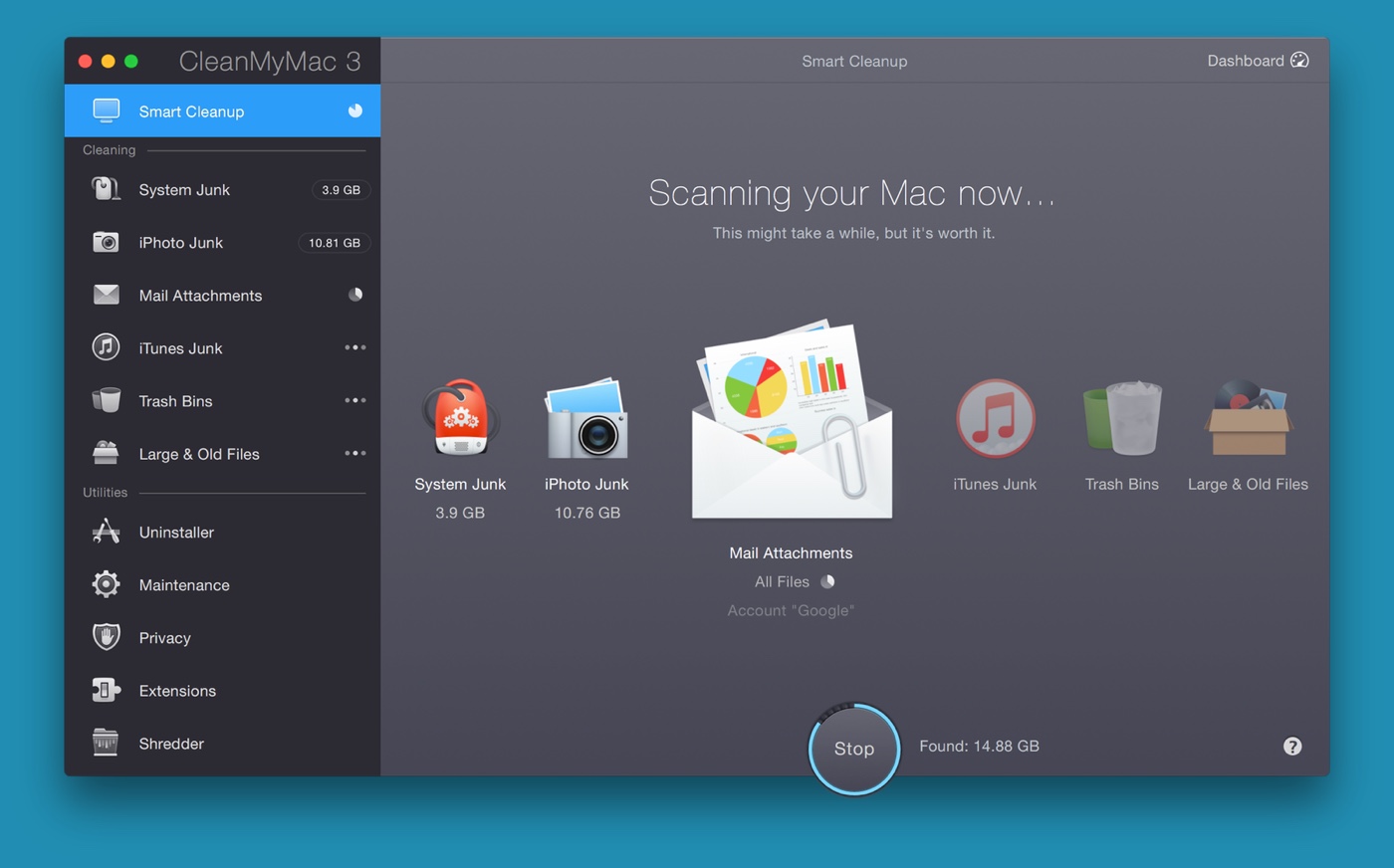Antique safe lock pricing depends on a number of factors including: the manufacturer, type of part or complete lock, amount of time to locate, and the rarity and/or condition of the lock or parts. Antique safe parts are generally mailed USPS Priority shipping with tracking numbers emailed to customers. Auction to include 1 diebold safe.this is in very good used condition and could be cleaned up.i also have the combnation for this safe.this safe is a class b fireproof.spec is f1-d.dimensions are 46'h x 27'd x 25'w.here are the numbers that are stamped on the safe: 1y06191-relocking device 523918 and 441279.this is for local pickup only or you. Diebold Safe & Lock Co., Canton, Ohio - 3 movements, Type 1. Equipped with E. Howard movements and the close proximity of the serial numbers again indicates that these are all the original movements. Etched glass removed for photos. This safe was once used at a Postal facility and is now being sold AS IS. It is a 1970 Diebold Safe, model P.O. 292, serial number 33730 and weighs 1,375 lbs. The locking mechanism has been removed. The winning bidder of this unit will be completely responsible for loading and transportation of it.
Diebold Safe & Lock Co., Canton, Ohio - 3 movements, Type 1
Diebold Safe Model Numbers

A possibly unique example of a Diebold case finish done in nickel plate. The early locks featured the company rosette logo on the snubber plate as well as cases that had custom floral designs. Later versions lost the rosette logo on the snubber plate and the case design was supplanted by a standard geometrical deco design. Look closely at the upper horizontal case edge, there are the numbers 1, 2, and 3 stamped above where each movement is mounted below. Other examples of specialty finished time lock cases for Hall, Consolidated, Dalton and Sargent & Greenleaf.
Safe Eyes Serial Number Lookup. And keep the humidity below @ 80% so the major safe he has will not protect his data Search. There are 6 main gun safe series with 17 different safes to choose. A model number of 266948 is written on the round portion of.
The photo above shows the ordinate nature of the movements. The pins are staggered to match the mating holes on the rear movement plate so as to keep them in a particular order. Sargent and Greenleaf first introduced modular movements on a production-scale in 1889 and they too had their movements uniquely pinned and arranged in a non-interchangeable fashion as in this Diebold example, however they introduced interchangeability between movements by 1895, the year Diebold introduced this model. To drive this point home the upper case lip also had numbers 1, 2, and 3 above each movement's location, see second photo. In other words, these time locks did not yet have truly interchangeable movements. Later in the production run, movements became interchangeable, see last example below, and the pins were removed, however Diebold did not remove the now unnecessary numbering on the upper lip for the production life of all of their decorated cases. Only after the introduction of their plain satin bronze case after WWI were these markings removed. The type of font the company used for their name on the acid-etched glass changed over time. Compare this to the other examples on this page.
Diebold Safe Serial Numbers Lookup

Model - Type 1, 1895. This was the style first type of lock introduced by Diebold. As with many of their other locks this company took case design to a high level. Diebold used an acid-etching method instead of the conventional milling technique to make their intricate case designs, which otherwise would be cost prohibitive. These cases were also gold plated. (see other two, three and four movement Diebold cases). However this lock has a nickel finish and is the only one known to this author. Unlike many other time lock makers, Diebold was an established safe and vault maker. Their time locks were made to coordinate with the rest of the design theme that would be found on the inside vault door surfaces of Diebold designed products. Imagine how beautiful this must have looked, industrial form morphing into art! These early models had no internal bolt dogging mechanism, but used a bottom release lever. Usually this configuration would be used with an automatic bolt motor, where the time lock would simply trip this motor. However, in the case of Diebold it could also be used to simply move a lever that released the bolt works. This was possible for the firm as their locks were used with their safes and vaults so they could design the strength needed to move the bolt precisely to the time lock. This example has the very early 'rosette' logo on the snubber mounting plate and earlier style floral design on the case.Equipped with signed E. Howard movements. In 1902, when E. Howard exited the time lock business, Diebold switched to identical looking,unsigned movements made by Seth Thomas. The low case and movement numbers indicate this example to be very early in production. Case #14, E. Howard movements #51, #127, #161. file 194

Model - Type 1, c. 1895. This was the style first type of lock introduced by Diebold and features their gold plated floral case finish along with the company rosette logo on the snubber mounting plate. While the movements in this lockare not consecutively numbered, these are likely the original installed from Diebold sinceeach movement is exactly 13 numbers apart from each other. Case #180, E. Howard movements #610, #623,#636. file 5
| Barrier Products |
| ||||||||||||||||||||||||||||||||||||||||||||||
| |||||||||||||||||||||||||||||||||||||||||||||||